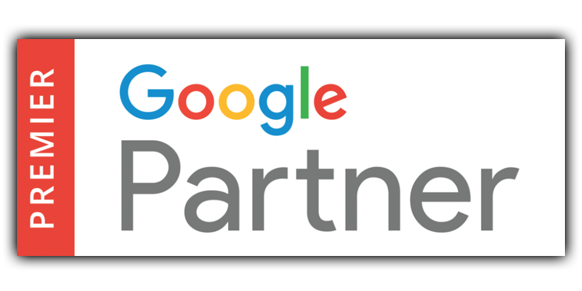2 Big Changes at Google Every Dealer Should Understand

When we first entered into the Online Reputation Management game back in 2011 it was a pretty leading edge concept. Nowadays a pro-active approach to growing dealership reviews is nearly normal and customary.
It’s for good reason, as 85% of consumers trust online reveiws as much as personal recommendations.*
Google is well aware of this stat, and due to the power of online reviews to influence buyers and Search Engine Optimization (SEO), they take the integrity of the reviews they display very seriously. Unfortunately, the rise in popularity of online reviews has also brought along a number of spammy and unethical ways to attempt to game the system.
A couple of years ago we saw a spike in fake reviews that were blatantly obvious. Some were downright entertaining. These came from black-hat companies hiring low wage, off shore people to create fake google accounts and write fake reviews. Even customers caught on and called businesses out like this real review.
It didn’t take Google long to catch on. And when you got busted, they often deleted all of your reviews, even the real ones.
Fast forward to today.
Since creating the Powersports Industry’s first software-based review acquisition system, we’ve generated well over 130,000 verifed customer reviews (www.powersportsdealerlocator.com). We’ve always been commited to complying with Google’s terms of service by only soliciting authentic reviews from real customers.
Well, last month Google revised their terms of service to prohibit what they call “Review Gating.” There were two big changes in the announcement.
1. Don’t solicit reviews from customers in bulk.
2. Don’t discourage or prohibit negative reviews or selectively solicit positive reviews from customers.
Regarding Policy #1: The only time our reputation management program solicits reviews in bulk is during what we called our “jump start” process, which typically happens when setting up an account for a new client. Like many other companies, we’d take the dealership’s opted-in email list and send them all a review invitation to launch the program. However, due to Google’s policies, this is no longer allowed. Other providers may wait until the end of each day or week and send 50 to 200 review requests, and this is no longer a viable option either.
It’s also pretty easy for Google to monitor this because your dealership will go days or weeks with no reviews and then get 5 or 10 or more in one day.
Now, what Google is deeming appropriate, and has even implemented themselves in some markets (for Android phone users), is what we’ve always prescribed as the ‘best practice’ for review invitations. Dealerships should ask for a review and send review invitations immediately after your customer does business with you. It just makes sense. We originally began executing this strategy via DMS integration, and still do for many dealers. However, it’s not perfect because many dealers aren’t so hot at collecting email adresses at the point of sell in the DMS, and sending a system-generated email doesn’t feel very personal.
That’s one of the many reasons we recently released a new ‘Reviews and Rankings’ mobile app. This mobile app allows the sales person to take a photo of the customer with their brand new unit from their phone, and then immedialty trigger a couple of emails to the customer. The first email thanks them for their business (and includes the picture of them on their new ride). The second email is a review invitiation email (and text capability is coming soon). The photo really adds to the overall buying experience, makes it personal and greatly enhances the review invite’s conversion ratio. While it’s less automated than the DMS integration, it creates more ownership from the staff because the review is listed under their name, and creates a fun ‘rankings’ system in your dealership. So there is a “What’s in it for me?” component for the individual sending the review invite.
Regarding Policy #2: Don’t selectively solicit positive reviews or discourage or prohibit negative reivews. This is really what “Review Gating” is. Our system, and many others out there, used to ask customers if they had an excellent experience or a less than excellent experience. This would act as a simple filtering mechanism, and if their experience was excellent, we would ask for a review. If their experience was less than excellent, we would send them to a private feedback survey.
I personally don’t view this strategy as black-hat or unethical in any way. From my perspective the only people who used to leave reviews were pissed off customers and happy customers just went away happy. “Review Gating,” as Google calls it, was just a smart way for business owners to level the playing field. But, the Goog doesn’t see it that way.
Their ball, their court, their rules, their referees, and we’re committed to playing the game within the rules, so we immediately killed our filtering system. Remember, there could be serious consequences to not following the rules; like loosing years of real harvested reviews, so it’s not worth testing the Google Algorithms.
Good news is that initial testing of the Reviews & Rankings mobile app usages is showing more reviews generated, because every single customer is getting an invite, and many potentials reviewers are not being filtered out. Furthermore, customers are more educated and expect to see some negative reviews and if they don’t they will be suspicious. So the best way to fix a bad review or two remains the same as we’ve always taught, bury it with positive reviews.
For more information on our new Reviews and Rankings mobile app, or how we can help you boost your online reputation contact us today at 877-242-4472 or shoot us a message at www.powersportsmarketing.com

